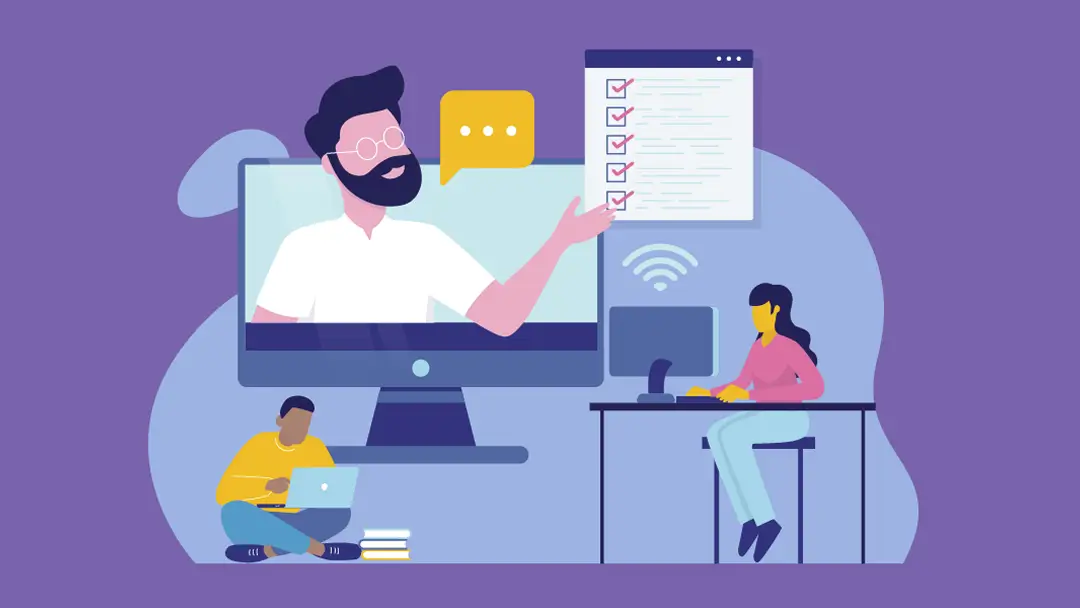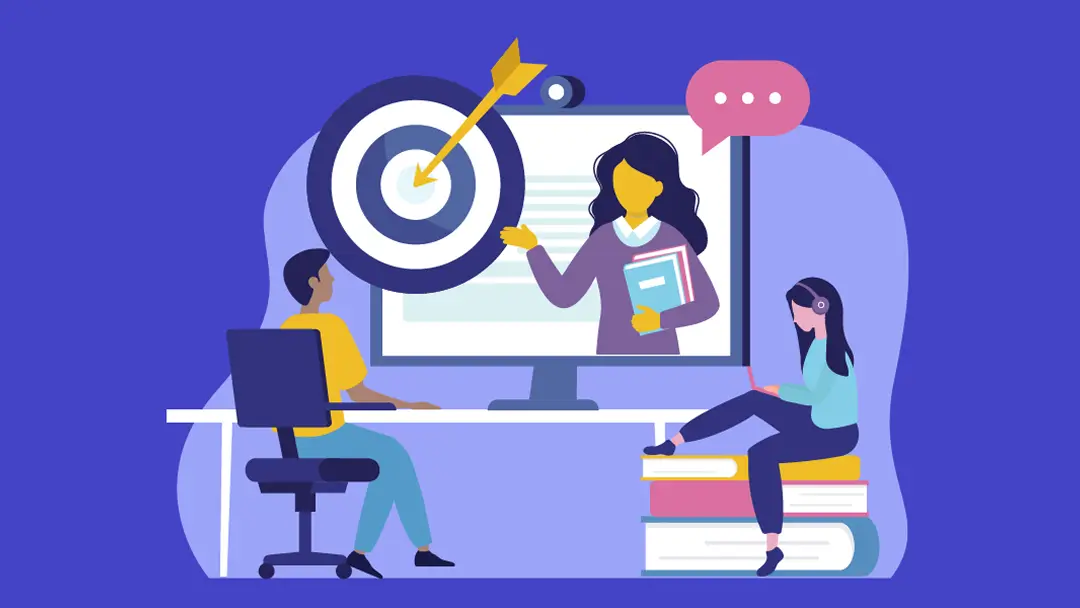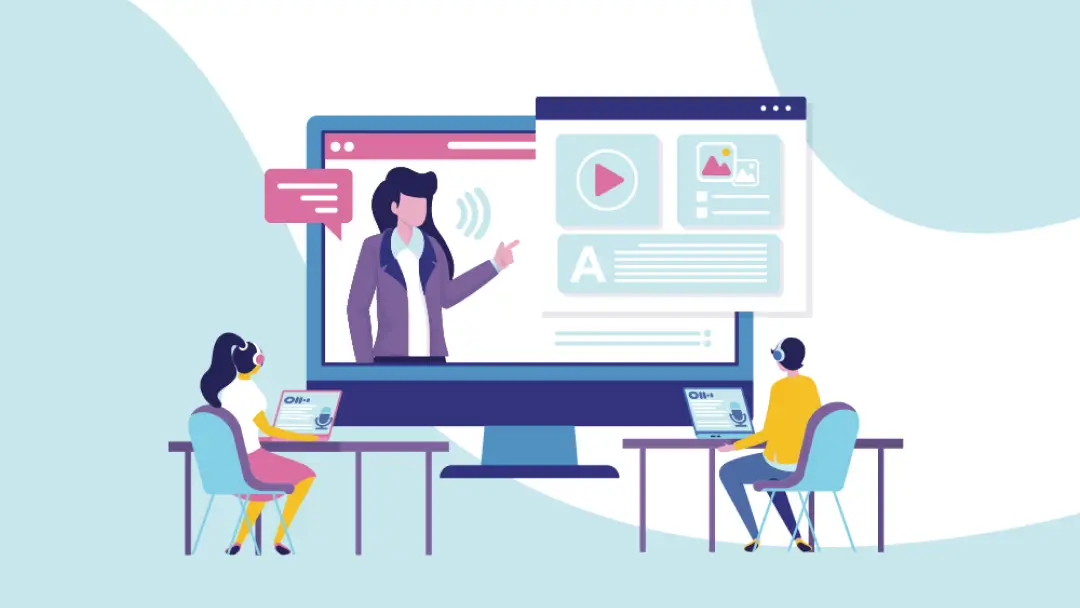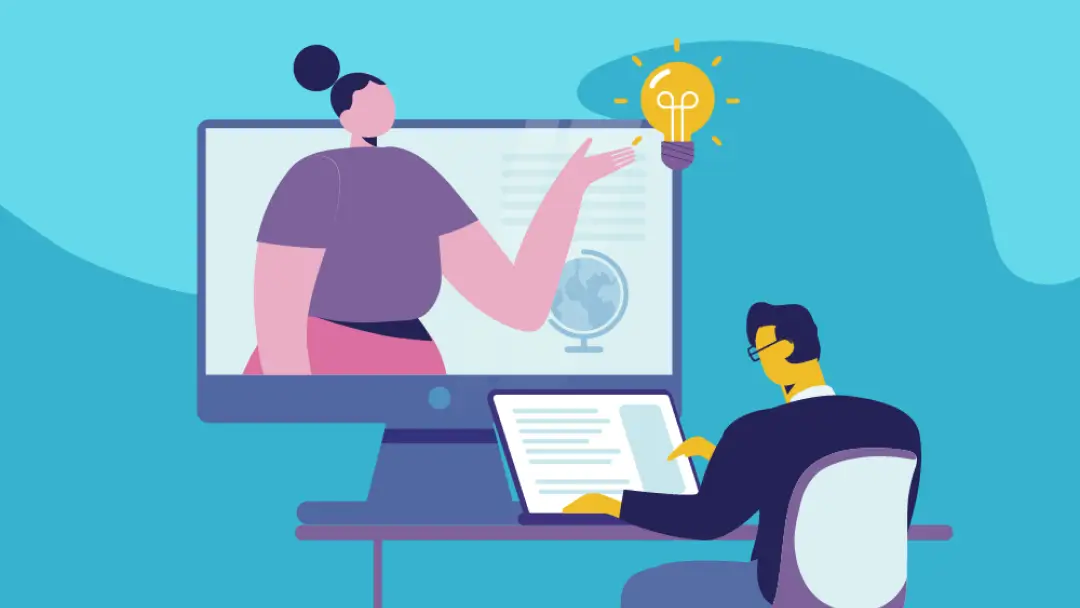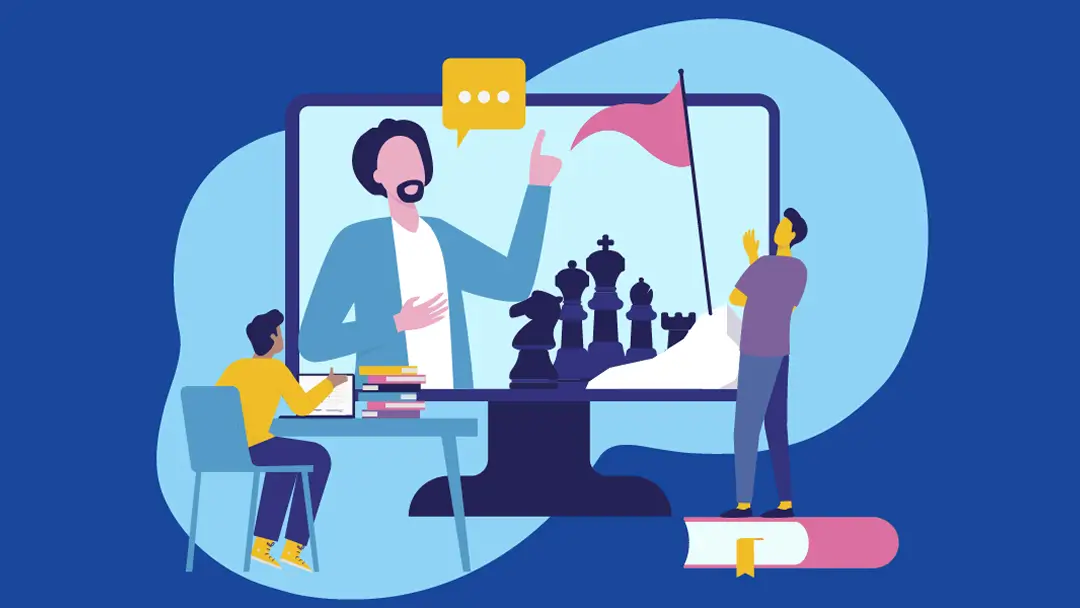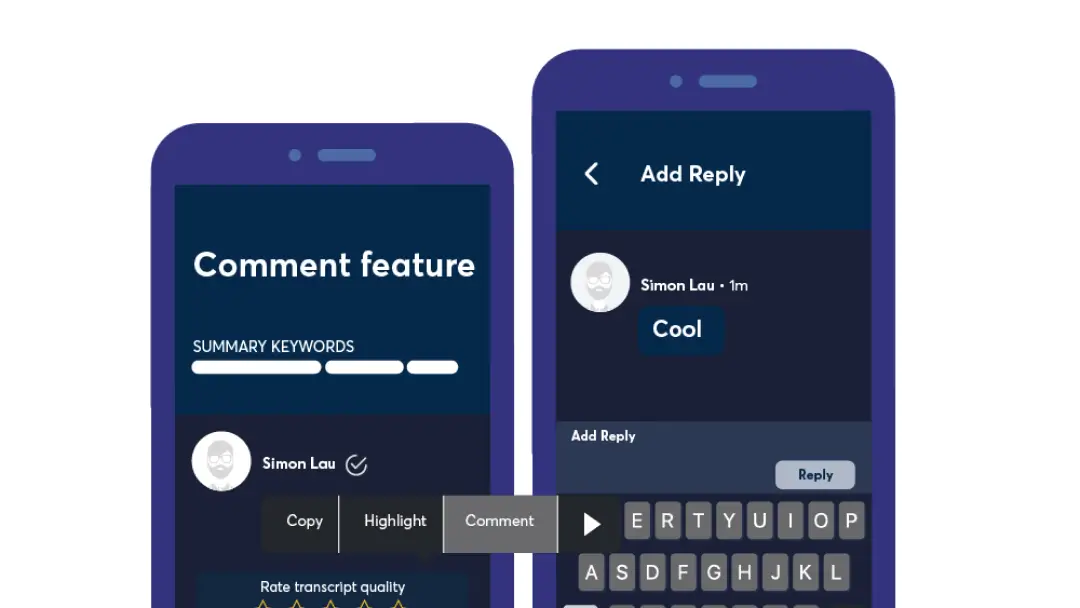AI in Education: Shaping the Future of Learning

Can you remember what learning was like before computers changed everything? Neither can we. And with AI in education, we’re already on the verge of another major transformation.
There are countless ways to use AI to save educators time and improve student outcomes. It enables greater personalization, one-on-one instruction, and simpler note-taking like no other technology before. But if used incorrectly, it could mean less critical thinking and reduced human interaction.
While AI applications in education offer innovative ways to teach and learn, you need to learn how to use these tools to empower students — not hinder them.
What is AI in education?
AI in education refers to the AI-powered tools that can elevate the learning and teaching process. The overarching goal is to boost student understanding, make education more personal, and share actionable insights for teachers and students.
While it might seem like a new technology, you’d be surprised at how many educators already adopt AI. A Study.com survey shows that, as of 2024, 84% of teachers actively use these tools. This is thanks to the massive range of AI applications in educational environments.
How does AI affect education?
Here are some of the popular ways that AI impacts — and improves — the educational experience.
- Adaptive learning
Adaptive learning platforms use AI to tailor the learning experience to each student, resulting in more personalization. They analyze data about the student’s learning pace, performance, or material comprehension, and based on that, they modify content and delivery methods. Thanks to continuous assessment and immediate feedback, all of this happens in real time.
Adaptive learning platforms empower each student with a learning path that feels intuitive to them — which was time-consuming and difficult before AI, not to mention expensive. What works for one student may not be successful for another, and adaptive learning platforms consider everyone’s unique qualities, helping students learn more efficiently than ever before.
- Note-taking
Say goodbye to the days of hand cramps from frantic note-taking — AI now provides a smoother way to stay on top of notes. AI-powered tools like Otter take real-time notes for classes, meetings, or lectures so you don’t have to. This takes the emphasis off of note-taking and puts it back on learning. All you have to do is let the tool record your session and you’ll end with concise, clear notes that capture important details and key takeaways. It can even distinguish between speakers for you.
Otter integrates seamlessly with most video conferencing platforms, automatically joining and recording meetings in applications like Microsoft Teams, Google Meet, and Zoom. It also works for in-person classes, offering live lecture notes and transcriptions so you never miss a beat.
- Tutoring
Tutoring is invaluable for many students, but busy teachers can’t always offer that level of attention. Intelligent tutoring systems recreate the one-on-one experience in a highly flexible — and more affordable — way. AI-fueled tutoring is also accessible at any time of day, while teachers, tutors, and professors aren’t.
Most AI tutoring systems focus on a specific topic, like language or math. They test students’ prior skills, assess gaps in their knowledge, and offer instruction about what they need to learn. Plus, AI tools tailor their approaches to individual learning styles. Students gain immediate insight into their performance, speeding up the learning process and getting them excited to explore further.
- Captions
Because of AI, education is more inclusive than ever. Tools like Otter provide real-time captions for students and faculty, enhancing learning experiences for individuals with various learning disabilities or hearing differences. The tool creates captions in real time so there’s no delay, and all students are on the same page.
- Chatbots
While it’s impossible to have a teacher available 24/7, chatbots like ChatGPT or Otter AI Chat fill that gap. Students type in a question, and Otter AI Chat offers a quick reply with the answer. This can help people conceptualize ideas, improve writing organization and flow, or research basic information. It’s like having a teacher by their side to answer questions when they need them — no more waiting for email replies. Just note that AI tools aren’t always 100% accurate (yet!), so if you’re using them for research, they should be your starting point to find other resources.
Educators can also use chatbots in their workflows. They help teachers and professors brainstorm ideas, learn more about certain subjects, and even assess student work at a basic level, saving the time and energy they need to focus on their students.
- Administrative Work
Teachers often have cumbersome administrative tasks on their plates, some of which they have to complete on their own time. AI streamlines these chores, allowing teachers to reclaim time and focus on what truly matters: education. For instance, AI can automate student communication, like reminders about upcoming tests, or help organize data like grades.
The future of AI in education
Since its inception, AI has evolved tremendously, and it won’t stop now that it’s become an essential tool in the classroom. Educators use it to foster inclusivity, build more accessible educational spaces, and create personalized experiences that make learning more meaningful.
By 2032, experts expect the AI in education market to reach a massive $88.2 billion internationally, which means the number of use cases will only grow. Plus, according to a RAND survey, 60% of districts planned to have trained educators on AI in education by the end of the 2023–24 school year. This statistic indicates a proactive approach to incorporating AI in classrooms, equipping teachers with the knowledge and skills they need to use these tools effectively.
Revolutionize your learning experience with Otter
AI positively impacts student learning, streamlines the teaching experience, and results in better educational outcomes. And the best part is that you can start now with Otter.
Otter is committed to offering resources that make learning more accessible for everyone. Otter.ai for students writes real-time captions and notes for both in-person and virtual lectures, building a more accessible, positive learning experience that emphasizes understanding and discussion. Get started for free or schedule a demo to see what we can do.





